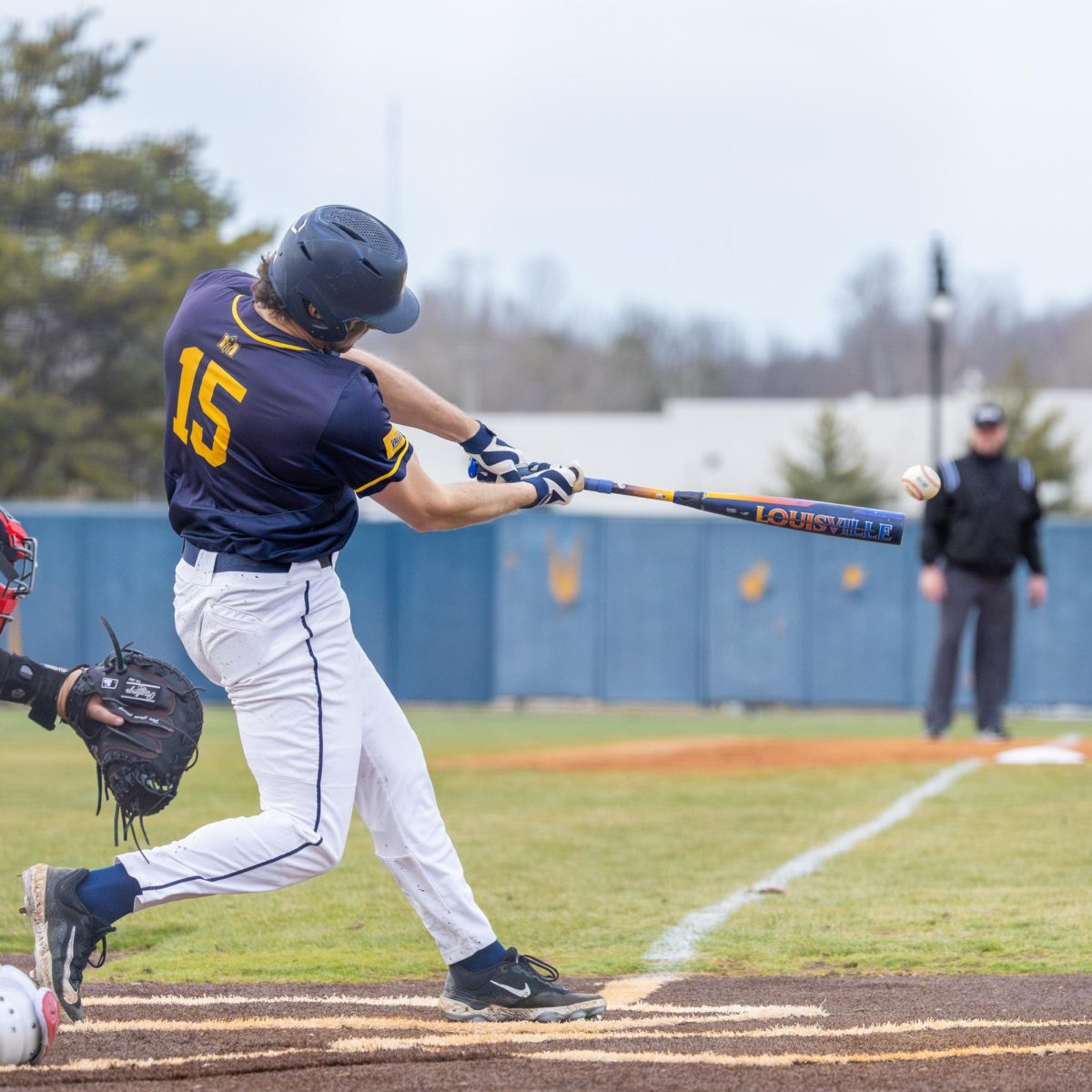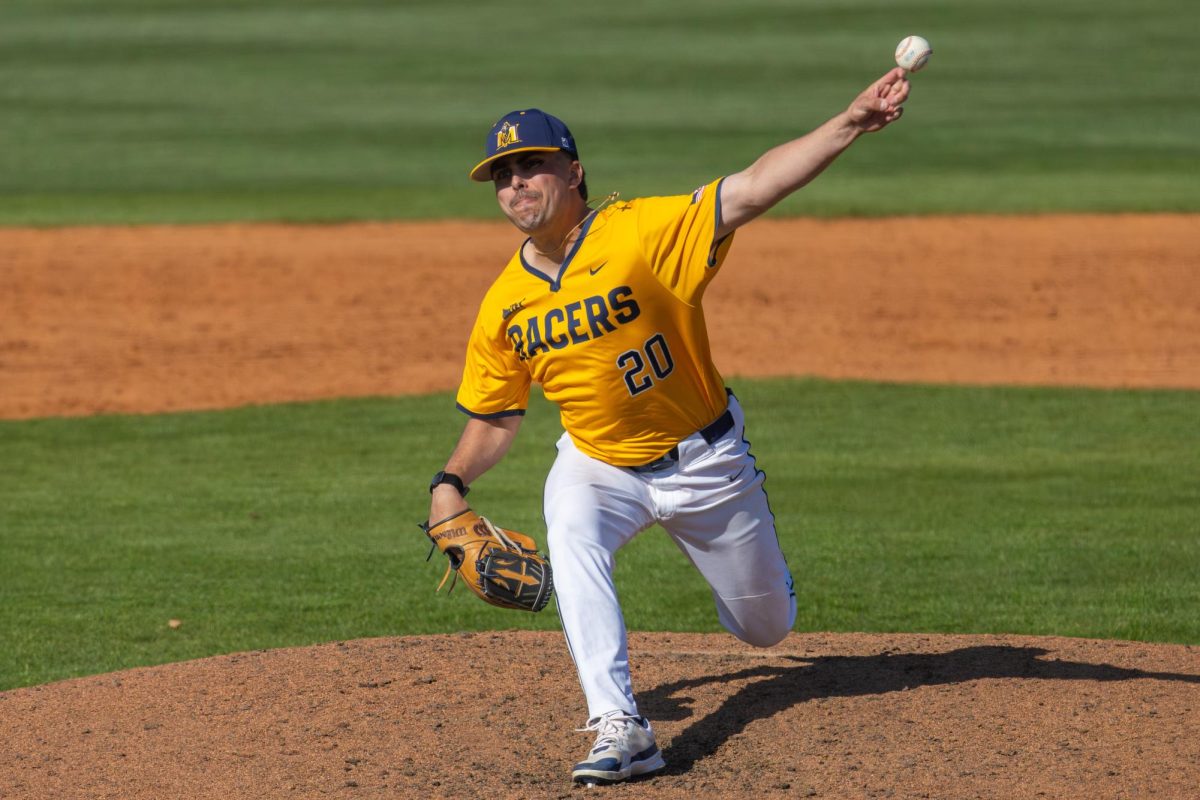Samantha Villanueva
Staff writer
Murray State teamed up with many other universities around the country and the National Science Foundation to conduct experiments on numerous aquatic ecosystems in various locations in the Western hemisphere, which are expected to last for the next five years.
Michael Flinn, professor in the department of science, engineering and technology, is the University’s liason in the project.
He, along with a group of colleagues from and around Murray are all part of a national campaign whose goal is to determine if the experimenting methods are in proper order.
“There are two things that the project really focuses on,” he said. “The first and main thing is answering a constant question in the field of ecology – are the methods that are used to test a small area or ecosystem for various things be applied to assume answers for a much larger ecosystems?”
Flinn said the project also provides Murray and surrounding towns new ways to have a deeper understanding of what really goes on in the many lakes and rivers.
“This is also a great opportunity to develop methods in trying to understand the numerous bodies of water surrounding Murray,” he said.
Flinn said the second goal is to make sure that the methods used in this project are the correct methods to use in bigger experiments.
“The second objective is to provide a much larger research project conducted by the National Ecological Observatory Network (N.E.O.N) the validations that these methods actually work,” he said. “Hopefully we can find that by studying the ecosystem which are on a small scale, we can find clear answers to even an entire continent.”
Flinn said the same methods used in N.E.O.N and the project can be applied to understanding the bodies of water in an around southwestern Kentucy.
“There are a lot of questions about the many rivers and lakes in this area and by having the validation that the methods are accurate, we can be one step closer to providing answers,” he said.
Walter Dodds, the main ecologist behind the project and a professor at Kansas State, said the project is also designed to help understand how nature coexists and affects itself in a marine environment
“We are interested in how we can understand an entire stream just by measuring a little bit,” he said. “We also want to see if and how animals influence basic ecosystems.”
The goal for the project, Dodds said, is to not only set up a foundation for N.E.O.N but also test the ecosystems for many details, such as rocks, animal life and other marine geographic and organic factors.
“This is not so much a trial run, but more a preliminary experiment for N.E.O.N and other projects on that level,” he said. “Along with that, we hope to figure out two things having to do with water quality. One is the connection between water quality and human use while the second is water quality and the animal influence.”
There will be a total of 30 collaborators from around the country, ranging from graduate students, professors and government officials contrubuting to this researuh
At this point all project meetings are preliminary but with time frame expectations, more decisive steps can be taken as early as next year.
Similar experiments will be conducted in streams located in Puerto Rico, North Carolina, Kansas and Alaska.
Contact Villanueva




























































































